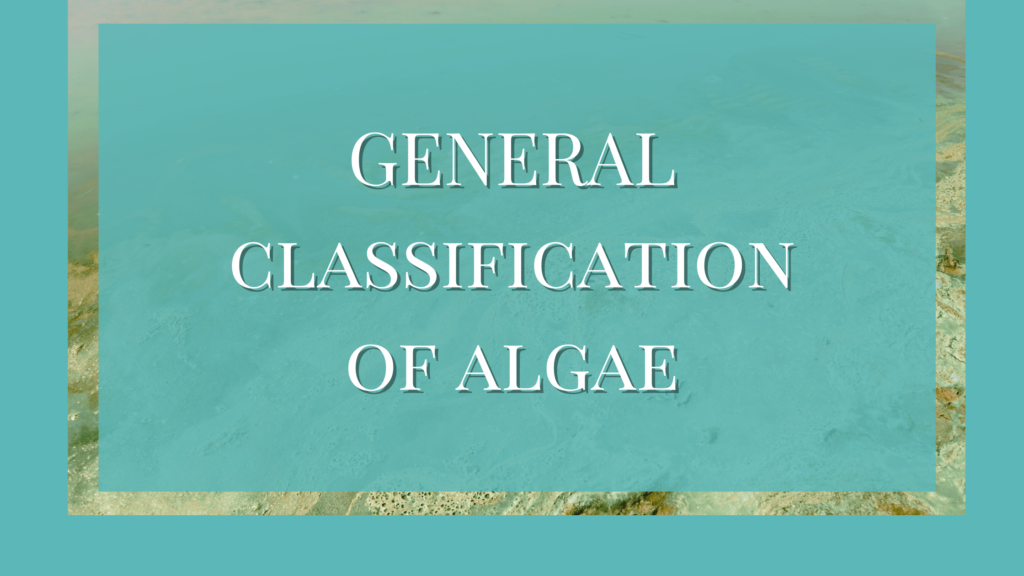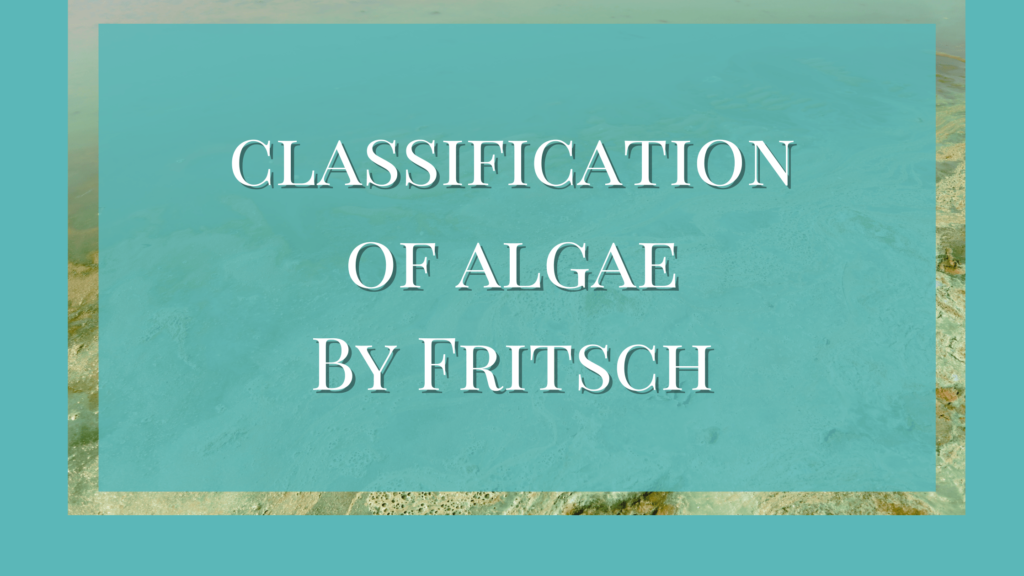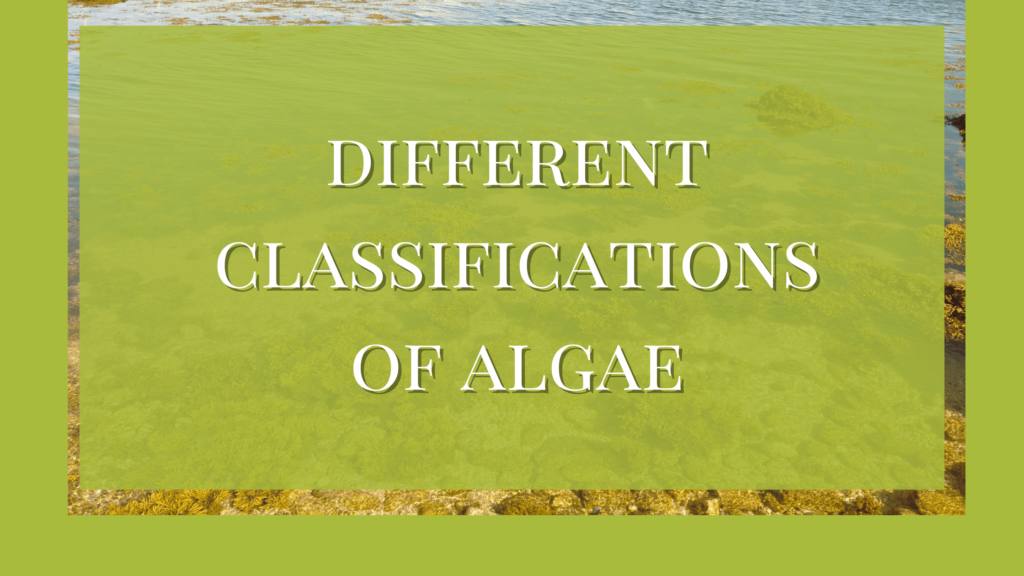The ecological importance of algae ranges from being used in other fields like sewage disposal, pollution control, and pollution indicators, to forming algal blooms.
They are also a food source for the marine ecosystem where the plankton is eaten by crustaceans, also known as zooplankton. Some macroscopic algae can provide shelter to some fishes and animals as well.
Ecological importance of algae as food
Algae forms the largest group of organisms that supply the major chunk of oxygen into the earth’s atmosphere. Thus, they form the base of the aquatic food chain.
Algae are the reason for the survival of both freshwater and marine aquatic animals. They are a useful source of food because of their high fiber content and the availability of various essential minerals.
Moreover, algae is a good source of iodine in its natural form. this natural iodine is not available otherwise.
Role of algae in sewage disposal
Algae are used as a source of oxygen in sewage disposal plants. Being an aerobic process, sewage disposal requires a large amount of oxygen that the algae supplies.
There will be sewage oxidation ponds or tanks with algae and bacteria to form the algal-bacterial system. The algae can utilize the phosphates and nitrates from the effluents for their metabolism and then release oxygen into the system through photosynthesis. The aerobic bacteria utilize this oxygen and decompose the raw sewage.
Algae such as Chlamydomonas, Chlorella, Euglena, Scendesmus, and Spirulina are popularly used for this system.
Role of algae in pollution controls
Algae play a huge role in the biosphere by performing photosynthesis and releasing oxygen into the atmosphere. This helps reduce the amount of carbon dioxide.
Algae perform about 50% of the total carbon fixation on earth by photosynthesis. Planktons are such a type of algae that perform this duty more than other members.
Some industrial plants use algae bioreactors to reduce carbon dioxide emissions. The generated carbon dioxide will be pumped to a separate tank or pond that has algae. Algae use this carbon dioxide and release oxygen as a by-product.
Algae as a pollution indicator
The composition and growth pattern of algae in a water body can indicate the pollution level in the system.
On this basis, Kolkwitz and Marsson (1909) divided the polluted water into various zones that have certain characteristics of the algal population.
- Mesosaprobic Zone has less organic waste and a decent amount of oxygen. Algae present in this zone are Oscilltoria, Phormidium, Ulothrix, etc.
- Polysaprobic Zone is oxygen deficient and has a high level of decomposable organic matter. Euglena and Oscillatoria hardly grow in this zone.
- Oligosaprobic zone is oxygen-rich with no decomposable organic matter. Algae such as Batrachospermum, Calothrix, Cladophora, and Meridian are found in this zone.
Diatoms are used to detect the pH of the water body. Since diatoms are sensitive to pH and are found in various water bodies having different pH.
The excessive growth of certain algae such as Cladophora, Stigeoclonium, etc indicates polluted water with a high content of heavy metals. According to Patrick (1956), diatoms are the best algae as indicators of water pollution.
Algal bloom or Water bloom
Algal bloom is the excessive growth of floating algae on the water’s surface. This is also called water bloom. It appears as thick floating mats. Platonic algae are the ones that cause this effect.
This excessive growth affects the ecosystem negatively. It is the algal bloom that causes red tide in the sea. Such excessive growth of algae depletes the oxygen level in water leading to the death of fishes and other aquatic animals. Sometimes, water bloom is temporary but in other cases it becomes permanent.
The latter situation leads to a permanent water bloom in water bodies where other aquatic living beings cannot survive. One such example is the Sambhar Lake in Rajasthan.
Additional Reading
- Economic Importance Of Algae
- Algae as Indicators of Water Quality
- Anabaena as biofertilizer
- Importance of diatoms




